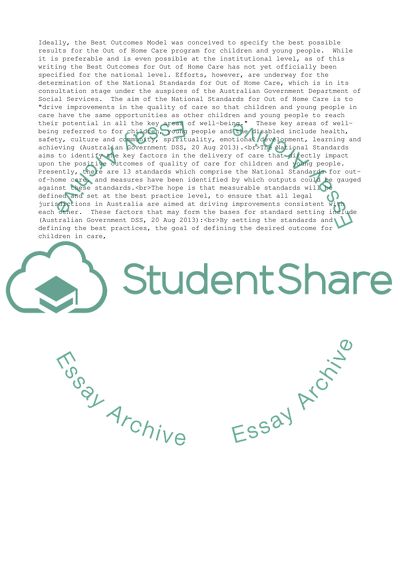Cite this document
(Quality Outcomes Framework (measuring client outcomes in disability Research Paper - 1, n.d.)
Quality Outcomes Framework (measuring client outcomes in disability Research Paper - 1. https://studentshare.org/management/1803392-quality-outcomes-framework-measuring-client-outcomes-in-disability-and-out-of-home-care-services
Quality Outcomes Framework (measuring client outcomes in disability Research Paper - 1. https://studentshare.org/management/1803392-quality-outcomes-framework-measuring-client-outcomes-in-disability-and-out-of-home-care-services
(Quality Outcomes Framework (measuring Client Outcomes in Disability Research Paper - 1)
Quality Outcomes Framework (measuring Client Outcomes in Disability Research Paper - 1. https://studentshare.org/management/1803392-quality-outcomes-framework-measuring-client-outcomes-in-disability-and-out-of-home-care-services.
Quality Outcomes Framework (measuring Client Outcomes in Disability Research Paper - 1. https://studentshare.org/management/1803392-quality-outcomes-framework-measuring-client-outcomes-in-disability-and-out-of-home-care-services.
“Quality Outcomes Framework (measuring Client Outcomes in Disability Research Paper - 1”. https://studentshare.org/management/1803392-quality-outcomes-framework-measuring-client-outcomes-in-disability-and-out-of-home-care-services.


